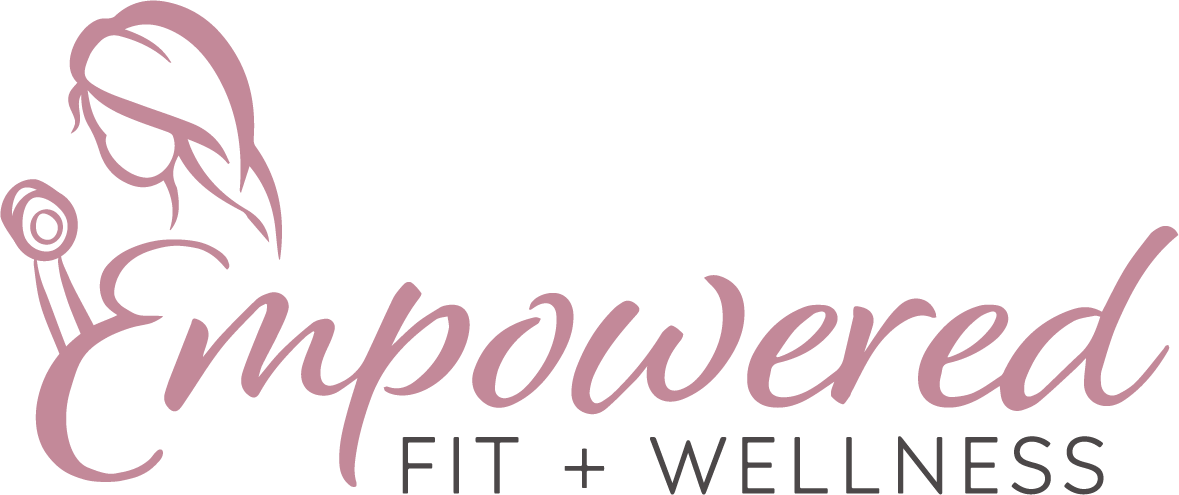3 things you can do NOW to heal your Diastasis Recti
In this blog I am sharing a short breakdown of a video I posted on the topic of healing Diastasic Recti. Here I cover 3 steps you can take now to help you towards healing and strengthening your core. (Watch video, or keep on reading)
If you’re experiencing Diastasis Recti it can often keep you from doing any type of core training out of fear of worsening it. My goal in todays post is to let you know that Diastasic Recti should not be a reason why you completely stop core training. Yes, there are some exercises to be cautious about, but there is also so much you can do starting today.
Steps to take:
Regulate intra-abdominal pressure (IAP)
The first step towards healing is being mindful of how you move. Things like getting up from bed, pooping, picking up heavy items or babies can increase the pressure in your abdomen. An increase in abdominal pressure will put added stress on the line alba (connecting tissue) which is already under extra stress. This will often show up as coning/doming/bulging of your core when doing certain activities. To manage this here, are some things you can do. When getting up from bed, practice turning over to your side (barrel roll). When pooping, relax and avoid straining, and when picking up your baby, use your breath and exhale on the lift. All of these small steps will reduce pressure in the line alba, protecting the connective tissue.
Connect to you breath
Practice diaphragmatic breathing, transverse abdominus activations and pelvic floor activations to help you get your inner core system working correctly. Check out this free guide with deep core breathing techniques you can start doing today or this video of me walking you through it.
Challenge the core
Once you have mastered the breathing exercises (from the guide/video) and can regulate the IAP, you can then add small movements to challenge the core. Heel slide, toe taps, and leg marches are just a few. From this point forward you can advance to more “traditional” core exercises and notice how your core responds. The goal is to learn how to manage the symptoms (coning/bulging) when doing more traditional exercises. As you explore more challenging moves know that IAP increases (more coning/doming) which means you will need to manage the symptoms with proper breathing, form and alignment. You can find more exercises in this video which applies during and post pregnancy.
Measuring progress
As you go through this journey, know that measuring progress will look different for everyone. You may notice the separation narrowing or you may not. You may also notice less coning/doming, or you may not. Neither one of these “results” determine the rate of your healing. Although you may be seeking a “closed gap,” know that progress can look like being able to move with ease, improved core function, or being able to get back to activities you love!
You can learn more about Diastasic Recti from this previous blog post.
*Work with me 1:1. Schedule your free consultation to learn more about the right plan for you.
